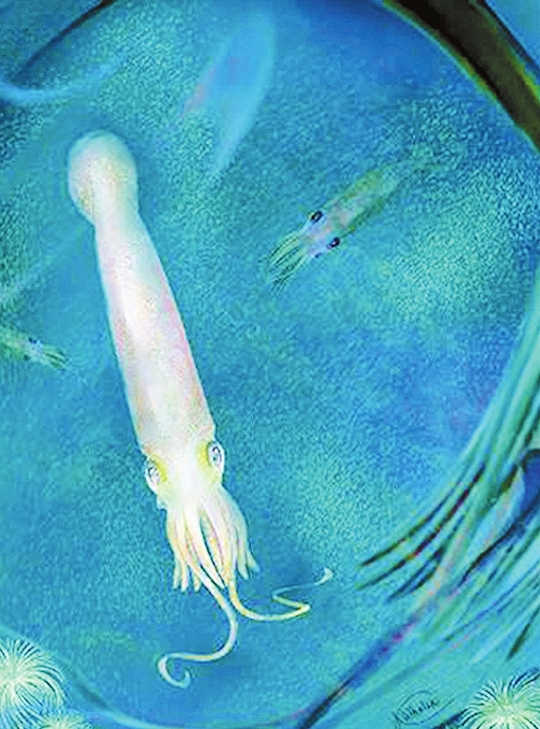
THE oldest ancestor of modern octopuses lived 328 million years ago and had 10 arms, according to a new study. Researchers have named the previously unknown species Syllipsimopodi bideni after U.S. President Joe Biden. The creature’s discovery pushes back the time frame when vampyropods, the group to which cephalopods like octopuses belong, appeared in the ocean by almost 82 million years. Vampyropods are known for having eight legs, an internal shell made of chitin and a soft body — the last of which doesn’t show up often in the fossil record because it tends to deteriorate more quickly than hard structures like bone. A well-preserved fossil was discovered in Montana’s Bear Gulch Limestone formation and donated to Canada’s Royal Ontario Museum in 1988. The specimen represents the earliest-known ancient relative of these creatures, a new analysis of the fossil revealed. “This is the first and only known vampyropod to possess 10 functional appendages,” said study author Christopher Whalen, a postdoctoral researcher in the American Museum of Natural History’s Division of Paleontology, in a statement. “All previously reported fossil vampyropods preserving the appendages only have eight arms, so this fossil is arguably the first confirmation of the idea that all cephalopods ancestrally possessed ten arms.” Syllipsimopodi is the best known fossil for understanding how vampyropods originated, as well as helping researchers to trace their evolution, said Whalen, who is also a National Science Foundation postdoctoral fellow in Yale University’s Department of Earth & Planetary Sciences. It has long been thought by researchers that the vampyropods began with 10 arms and eventually lost two of them over time — and now, scientists have direct evidence. (SD-Agencies) | 
